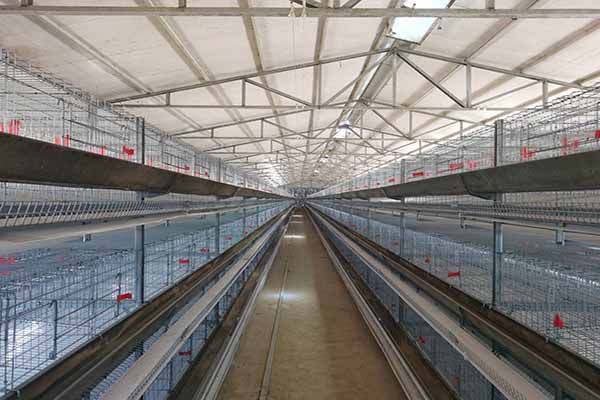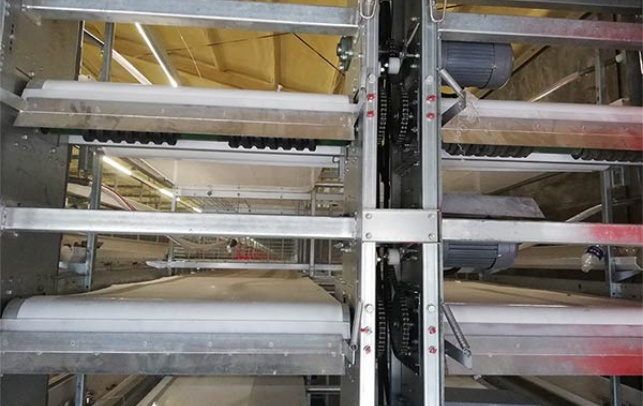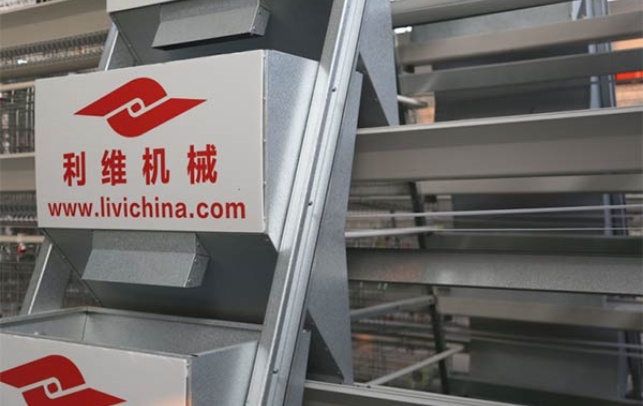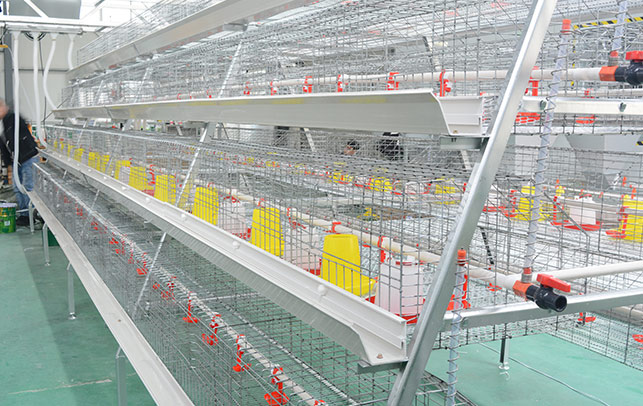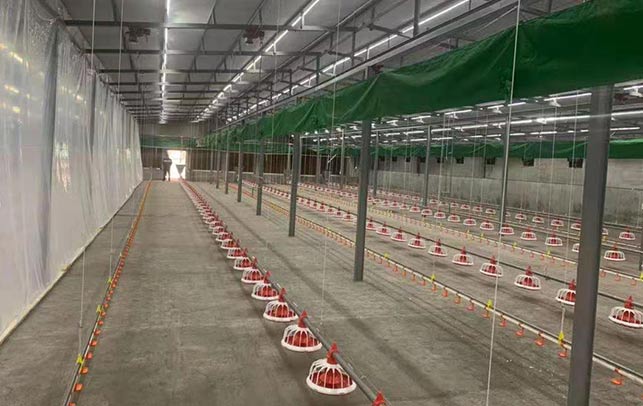The Impact of Temperature Control on Egg Production in Uganda Chicken Farms
Time : 2025-07-27
In the vibrant poultry industry of Uganda, the efficiency of chicken farms directly impacts the nation’s food security and economic growth. As a leading manufacturer of poultry equipment from China, LIVI Machinery is dedicated to providing innovative solutions that enhance productivity. One such factor that significantly influences egg production is temperature control. In this article, we will delve into the impact of maintaining optimal temperatures on the egg-laying performance of chickens in Uganda’s chicken farms.
Understanding the Role of Temperature in Egg Production
The reproductive health and productivity of chickens are closely tied to the ambient temperature within the farm. The optimal temperature range for egg production in chickens is generally between 16°C to 23°C (60°F to 73°F). This range ensures that the birds are comfortable, which in turn contributes to higher egg production rates and better-quality eggs.
Why is Temperature Control Crucial?
1. Egg Laying Frequency:
Higher temperatures can lead to a decrease in the frequency of egg laying. When chickens are too hot, they may experience a heat stress response, causing them to lay fewer eggs.
2. Egg Size and Quality:
Optimal temperatures can lead to larger egg sizes and better quality. When chickens are in a comfortable environment, the yolk and albumen develop more efficiently, resulting in eggs that meet the desired standards.
3. Health and Immune System:
Prolonged exposure to extreme temperatures can weaken the immune system of chickens, making them more susceptible to diseases. This can lead to a decrease in egg production and increased costs due to veterinary care.
Implementing Effective Temperature Control Measures
To ensure that chickens in Uganda’s chicken farms maintain peak egg production, it’s essential to implement effective temperature control measures. Here are some strategies that LIVI Machinery recommends:
1. Climate Control Systems
Investing in advanced climate control systems is a key step in maintaining ideal temperatures. These systems can include:
– Ventilation Fans: To circulate air and dissipate heat during hot periods.
– Heating Systems: To maintain temperatures during cold seasons.
– Humidity Control: To ensure that the environment is neither too dry nor too moist, as both can affect egg production.
2. Proper Farm Layout
The design of the chicken farm plays a significant role in temperature regulation. Consider the following:
– Insulation: Use insulating materials to keep the chickens warm during the cooler months.
– Shading: Provide shading to protect chickens from direct sunlight during the hottest times of the day.
– Orientation: Position the sheds to maximize natural light and minimize heat gain.
3. Regular Monitoring
Regularly monitoring the temperature within the farm is crucial. Use automated systems to track temperatures and adjust the climate control systems accordingly. This proactive approach can prevent heat stress and ensure consistent egg production.
Case Studies and Real-World Applications
LIVI Machinery has worked with numerous chicken farms in Uganda to implement temperature control solutions. Here are a few case studies that highlight the positive impact of these measures:
– Case Study 1: A large-scale chicken farm installed a comprehensive climate control system. After implementation, egg production increased by 15%, and the quality of the eggs improved significantly.
– Case Study 2: A smaller farm adopted better insulation and shading techniques. They noticed a decrease in heat stress and a corresponding increase in egg production.
Conclusion
The impact of temperature control on egg production in Uganda’s chicken farms cannot be overstated. By investing in the right equipment and implementing effective temperature control strategies, chicken farmers can significantly enhance their productivity and ensure a stable supply of eggs.
As a professional poultry equipment manufacturer, LIVI Machinery is committed to supporting the poultry industry in Uganda with high-quality, innovative solutions. By working together, we can create a more sustainable and profitable future for the poultry industry.
—
